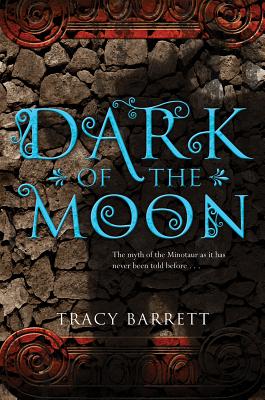Rocks my socks: Sophie Flack was actually a dancer at the New York City Ballet for nine years so she provides a wonderfully detailed insider's point of view. Reading the novel I got the sense of escapism I usually achieve from reading a books set in another country or a fantasy world. Like many little girls who danced about in tutus, I often used to wonder what the life of a professional ballerina would be like. Although judging from this description, I'm glad it's nothing I ever pursued. Those dancers are hard core and my lazy butt enjoys spending the day curled up on the couch with a book and my cat too much. Hannah specifically mentions that she had no time to read--the horrors! Jacob does not have that problem though and I was delighted to hear him quote Camus. He even mentions that he eats a lot of pasta--a man after my own heart! Mostly though I loved Hannah and her realistic struggle with the difficult question of what would truly make her happy. A plight most adolescents can relate to whether they've danced a day in their life or not.
Rocks in my socks: The pace lagged a bit in parts and I find the way the book deals with weight a bit alarming although I suppose that is not the fault of the novel but the real-life culture of ballet.
Every book its reader: Fans of ballet will certainly enjoy this novel although it will resonate with anyone who has ever had to make sacrifices for something they are passionate about. Hannah is 19 and the book seems more aimed at older teens but there's no violence and no sexual content beyond some oblique references and some heavy making out. I'd say it's fine for 7th grade and up.
Extras:
You can find an interview with the author at Little Brown's YouTube channel where she talks about the book and her inspiration for it.
The New York City Ballet has its own website and YouTube channel that fans of the book might enjoy looking at.
Source: School library
Bunheads by Sophie Flack
Buy it or check it out today!
Every book its reader: Fans of ballet will certainly enjoy this novel although it will resonate with anyone who has ever had to make sacrifices for something they are passionate about. Hannah is 19 and the book seems more aimed at older teens but there's no violence and no sexual content beyond some oblique references and some heavy making out. I'd say it's fine for 7th grade and up.
Extras:
You can find an interview with the author at Little Brown's YouTube channel where she talks about the book and her inspiration for it.
The New York City Ballet has its own website and YouTube channel that fans of the book might enjoy looking at.
Source: School library
Bunheads by Sophie Flack
Buy it or check it out today!


